
8 Engrossing Books With Multiple Timelines
I love multi-generational novels, which can show how relationships gradually change over decades or how historical events affect families. A novel that follows one protagonist over a lifetime can be equally revealing. When a book has multiple timelines, though, it can immediately contrast historical periods or show how trauma changes people. In May 2022, Neha Patel noted that a nonlinear structure allows authors to explore recurring themes and motifs without the constraints of a traditional, linear narrative.
Split timelines can be found in any genre. They can work especially well in contemporary literary fiction, thrillers, and historical fiction. In a book with multiple timelines, discrepancies between characters’ points of view become obvious in ways that readers usually discover only at the end of a more linear story.
Reading novels with split timelines gives me a similar feeling to watching Greta Gerwig’s 2019 adaptation of Little Women. The choice to tell such a beloved, linear story in a non-linear way was controversial. For me, though, this approach works beautifully. Because I know what’s going to happen, I focus on how and why it happens, or how scenes are grouped thematically, rather than wondering what will happen next.
Some of the books below follow two or more distinct timelines, while some jump back and forth in time. Some have two or more time frames within the same character’s life. All have narrative structures carefully matched to their themes and character development.
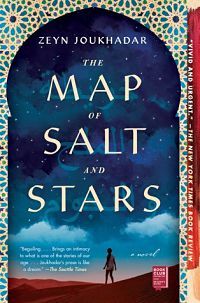
The Map of Salt and Stars by Zeyn Joukhadar
Nour, the first-person, preteen narrator, tells her story in present tense. In 2011, near the start of the Syrian civil war, Nour and her family move back to Syria after immigrating to New York City. She also tells her siblings, in third person past, the story of Rawiya, a Syrian mapmaker from almost 1,000 years earlier. The setting and tense make it instantly clear which timeline we’re in, and the differences and parallels between the characters’ journeys are fascinating.
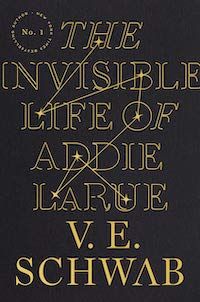
The Invisible Life of Addie LaRue by V.E. Schwab
To escape a mundane life in her 18th century French village, Addie makes a deal with a demon on her wedding day. She’s cursed with immortality, and no one she meets will ever remember her. Because Addie is over 300 years old and doesn’t age, the book has two timelines: one in the 18th century and one in the 21st century. The innovative structure of this fantasy novel kept me wanting to find out how much Addie had changed in 300 years and whether her curse would ever be lifted. It was fascinating to read a book with split timelines centuries apart in the same protagonist’s unnaturally long life.
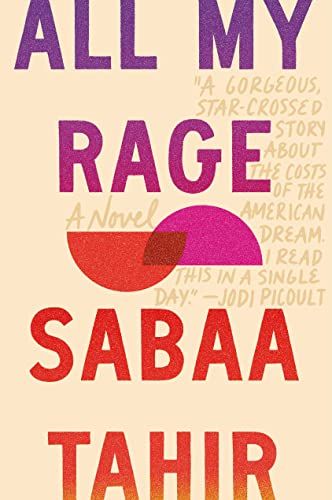
All My Rage by Sabaa Tahir
This National Book Award Finalist alternates between “then” in Lahore and “now” in California. It also switches between Noor, Misbah, and Misbah’s son Sal’s perspectives. By alternating between the past and the present, this novel offers a unique perspective on family, friendship, trauma, immigration, and how life changes people. Specific content warnings preface the book. Tahir’s popular Ember in the Ashes Quartet also navigates multiple characters’ POVs skillfully.
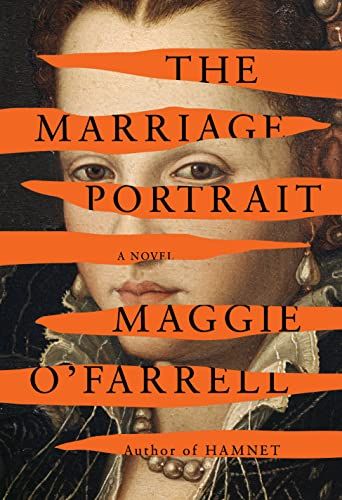
The Marriage Portrait by Maggie O’Farrell
This historical novel fictionalizes the short life of Lucrezia de’ Medici, Duchess of Ferrara, who was married at 13 and died at age 16. Soon after her death, speculation began that her husband had ordered her murder. This is hardly a spoiler; most readers know it from the outset. The novel begins with a harrowing description of Lucrezia’s intuition that her husband intends to kill her. Then it moves back to her early childhood. The chapters get closer together chronologically as the novel progresses. This creates narrative tension as the timelines converge on Lucrezia’s wedding and death. The events of the novel seem inevitable, but I still hoped it would somehow end differently. The portrait of Lucrezia also inspired the classic poem “My Last Duchess” by Robert Browning.
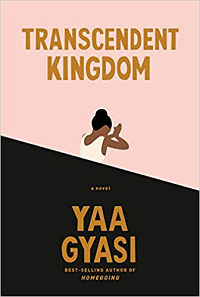
Transcendent Kingdom by Yaa Gyasi
Gifty, the protagonist, is a PhD candidate in neuroscience. Her family history of mental illness makes her subject especially personal. Her brother developed a substance use disorder after a sports injury, and their mother had long periods of clinical depression. The novel contemplates religion and science and whether they’re as incompatible as some people think. Gifty is always trying to figure out what she believes and why. With its themes of immigration, racism, and faith, it makes sense that the narrative goes back and forth between Ghana and the U.S. and from Gifty’s childhood journals to her graduate experiments.
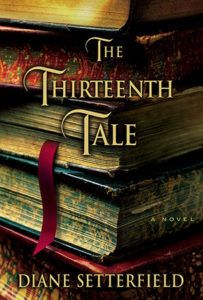
The Thirteenth Tale by Diane Setterfield
In this Gothic suspense novel, the narrative alternates between amateur biographer Margaret Lea and her subject: reclusive, cryptic novelist Vida Winter. This novel has many Gothic tropes, such as mysterious, decrepit estates and family secrets. The two timelines emphasize discrepancies and omissions in Vida’s previous accounts of her life. It’s also a book about the process of writing: remembering and imagining, and the unique structure draws attention to that.
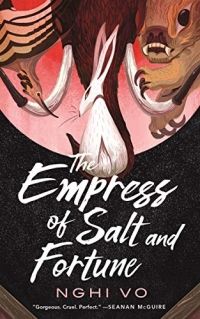
The Empress of Salt and Fortune by Nghi Vo
This fantasy novella, which won a 2021 Hugo Award, weaves together several narrative strands to convey the Empress’s personality and life story. After the Empress dies, a cleric meets the Empress’s former servant and friend, who tells them stories of the Empress. Reviewers have praised the book’s narrative structure and the way it leaves the truth ambiguous and lets readers guess what has been omitted.

The Bluest Eye by Toni Morrison
Content warning: abuse and racism
Morrison’s first novel is narrated by Pecola Breedlove, a young, Black girl in 1940s Ohio, and her foster sister, Claudia. The fragmented narrative fits the subject matter of physical and sexual abuse and external and internalized racist violence. These traumas can shape a person’s sense of self in conscious and unconscious ways, as Pecola’s longing for blue eyes illustrates. Flashbacks show how racism impacted Pecola’s parents’ lives.
Further Reading
Discover these YA Books with unconventional narrative structures.














